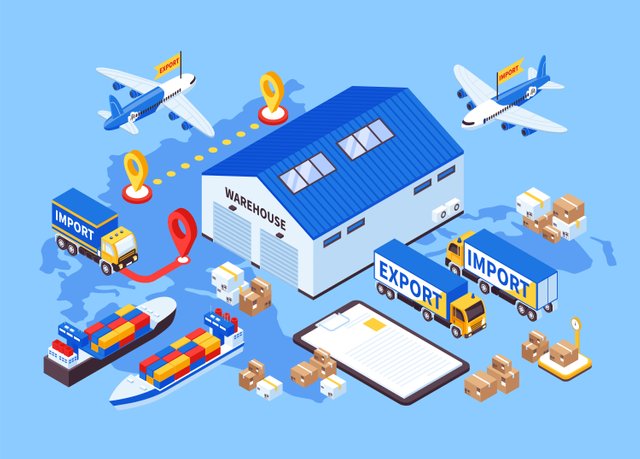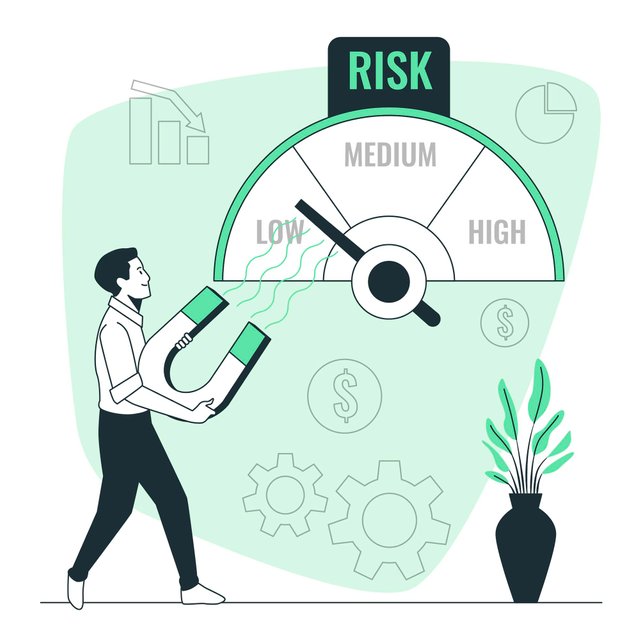In an increasingly interconnected global economy, sourcing products from China offers businesses a competitive edge.
This comprehensive guide delves into the specifics of sourcing from China, providing valuable insights, strategies, and practical steps to help you navigate this complex but rewarding market.

Understanding China's Manufacturing Landscape
Key Industries and Regions: China's manufacturing landscape is diverse. Electronics are primarily sourced from Shenzhen, textiles from Zhejiang and Jiangsu, and furniture from Guangdong. Knowing which regions specialize in your product category can significantly improve sourcing efficiency.
Market Trends: Stay updated with the latest industry trends in China. For instance, the shift towards automation and sustainability in manufacturing can impact product quality and pricing.
Finding and Vetting Suppliers
Utilizing B2B Platforms: Platforms like Alibaba, Global Sources, and Made-in-China are starting points. However, go beyond the surface. Look at the supplier's transaction history, customer feedback, and business licensing. It's also valuable to learn the difference between Alibaba vs sourcing agencies.
Factory Visits and Audits: If possible, visit the factories. Assess their production capabilities, workforce, and quality control processes. If you can't visit, hire a reputable third-party audit service.
Sample Orders: Before placing large orders, start with a sample order to assess quality and supplier reliability.
Navigating Negotiations and Contracts
Cultural Understanding in Negotiations: In China, business relationships are built on trust and respect. Understand the importance of face (mianzi) in negotiations and avoid aggressive bargaining tactics.
Contracts: Contracts should be bilingual and include detailed product specifications, quality requirements, payment terms, lead times, and penalties for non-compliance. Ensure that your contracts are enforceable under Chinese law.

Logistics, Shipping, and Customs
Choosing the Right Incoterms: Familiarize yourself with international commercial terms or known as Incoterms. Terms like FOB (Free on Board) and EXW (Ex Works) determine your responsibilities and liabilities in shipping.
Partnering with Freight Forwarders: A reliable freight forwarder can navigate the complexities of shipping, including route optimization, shipping mode selection (air or sea), and consolidation services.
Customs Compliance: Ensure your products comply with both Chinese export regulations and the import regulations of your destination country. Missteps here can lead to delays, fines, or seizure of goods.
Quality Control and Compliance
Implementing Quality Checks: Establish a clear quality control process. This might include pre-production checks, in-process checks, and pre-shipment inspections.
Compliance with International Standards: Ensure your products comply with international standards (like CE for Europe, FCC for the USA). Non-compliance can lead to your products being barred from entry into your target market.

Risk Management in Sourcing
Political and Economic Factors: Stay informed about the political and economic situation in China, as it can impact production and supply chains.
Diversification: Reduce dependency on a single supplier or region. Having multiple suppliers or backup options can mitigate and manage risks in your supply chain.
Conclusion
Sourcing from China is a strategic decision that requires careful planning, deep understanding of the market, and meticulous execution. With this guide, you are equipped with the knowledge to navigate the complexities of Chinese sourcing, build beneficial supplier relationships, and successfully integrate Chinese-sourced products into your business model.
This guide aims to be a valuable resource for businesses looking to enhance their sourcing strategy from China. Adjust the content to suit your audience's specific interests or needs, and feel free to add personal anecdotes or case studies to enrich the guide.